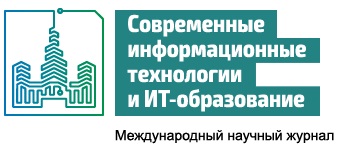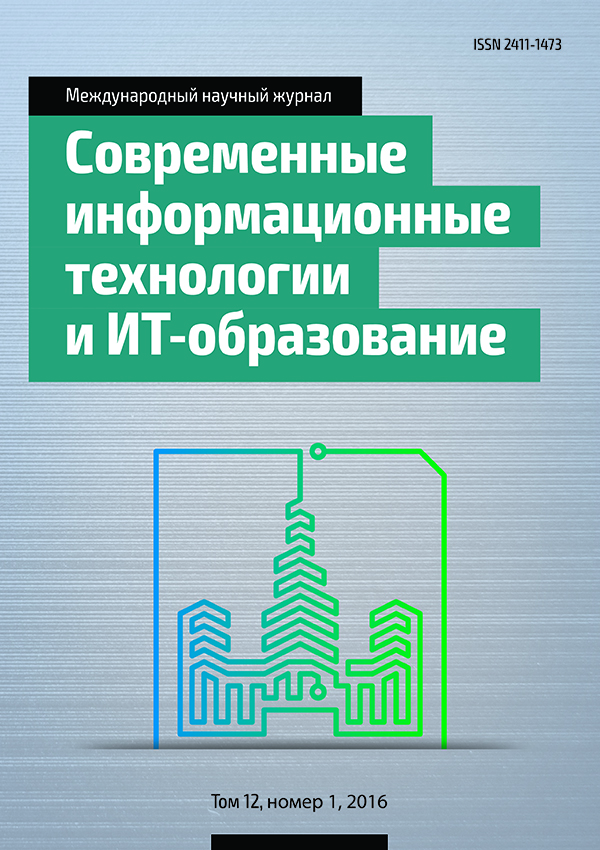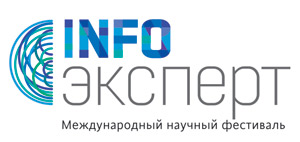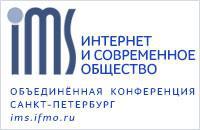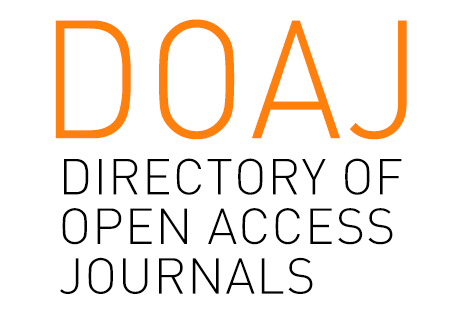ЛОГИЧЕСКАЯ СТРУКТУРА ИДЕНТИФИКАЦИОННЫХ НАБОРОВ В СИСТЕМАХ ЯЗЫКОВОЙ ИДЕНТИФИКАЦИИ
Аннотация
В данной статье рассматриваются варианты логической структуры идентификационных наборов для программ и систем языковой идентификации с целью оптимизации существующих решений, а также даются примеры их упрощения для повышения эффективности.
Литература
2. Sibun P., Reynar J. C. Language Identification: Examining the Issues / 5th Symposium on Document Analysis and Information Retrieval (SDAIR-96). Las Vegas, Nevada, USA, 1996.
3. Калегин С.Н. Способы определения языковой принадлежности неструктурированного текста в мультиязычной информационной среде. Конференция «CONCORT-2016», Нижний Новгород, 2016.
4. Калегин С.Н. Способы определения языка текста / Филологические науки. Вопросы теории и практики. № 12 (54): в 4-х ч. Ч. II. Тамбов: Грамота, 2015. – С. 84-89.
5. Лингвистический энциклопедический словарь / Гл. ред. В.Н. Ярцева. – Москва: Советская энциклопедия, 1990. – 685с.
6. Даниленко В.П. Общая типология языков в концепции Э.Сепира [Электронный ресурс]. URL: http://old.islu.ru/danilenko/articles/sepirtipol.htm

Это произведение доступно по лицензии Creative Commons «Attribution» («Атрибуция») 4.0 Всемирная.
Редакционная политика журнала основывается на традиционных этических принципах российской научной периодики и строится с учетом этических норм работы редакторов и издателей, закрепленных в Кодексе поведения и руководящих принципах наилучшей практики для редактора журнала (Code of Conduct and Best Practice Guidelines for Journal Editors) и Кодексе поведения для издателя журнала (Code of Conduct for Journal Publishers), разработанных Комитетом по публикационной этике - Committee on Publication Ethics (COPE). В процессе издательской деятельности редколлегия журнала руководствуется международными правилами охраны авторского права, нормами действующего законодательства РФ, международными издательскими стандартами и обязательной ссылке на первоисточник.
Журнал позволяет авторам сохранять авторское право без ограничений. Журнал позволяет авторам сохранить права на публикацию без ограничений.
Издательская политика в области авторского права и архивирования определяются «зеленым цветом» в базе данных SHERPA/RoMEO.
Все статьи распространяются на условиях лицензии Creative Commons «Attribution» («Атрибуция») 4.0 Всемирная, которая позволяет другим использовать, распространять, дополнять эту работу с обязательной ссылкой на оригинальную работу и публикацию в этом журналe.
